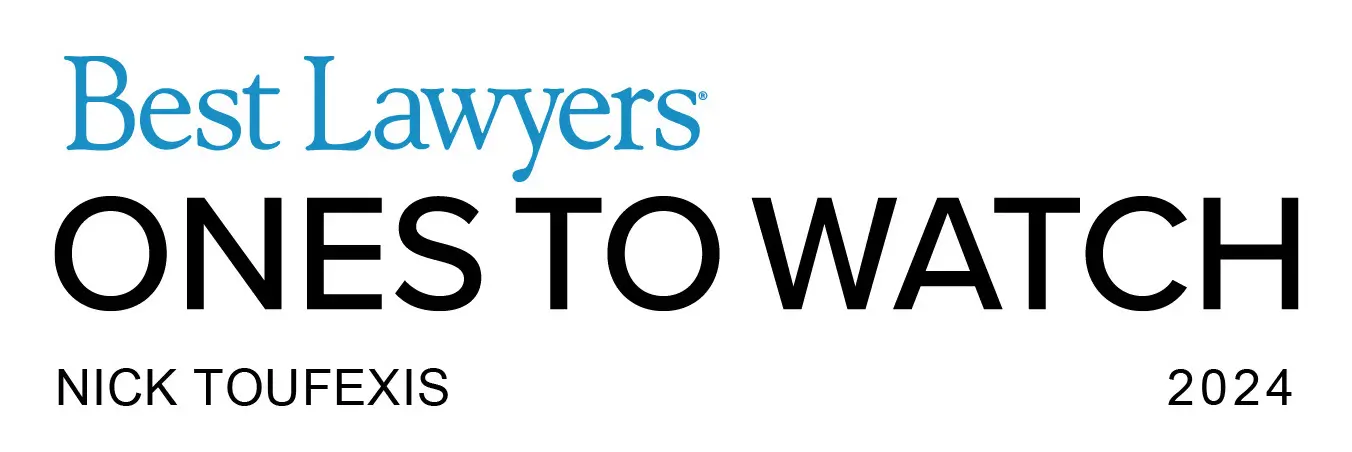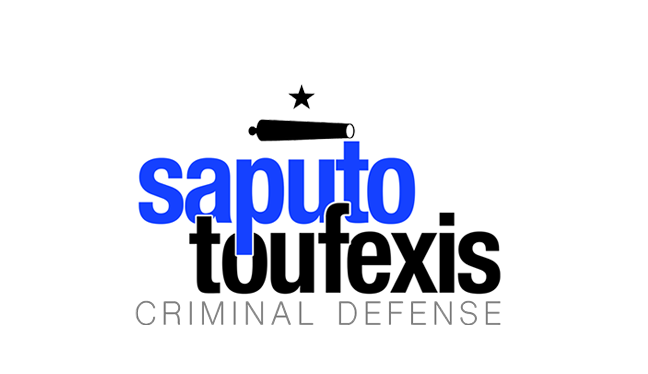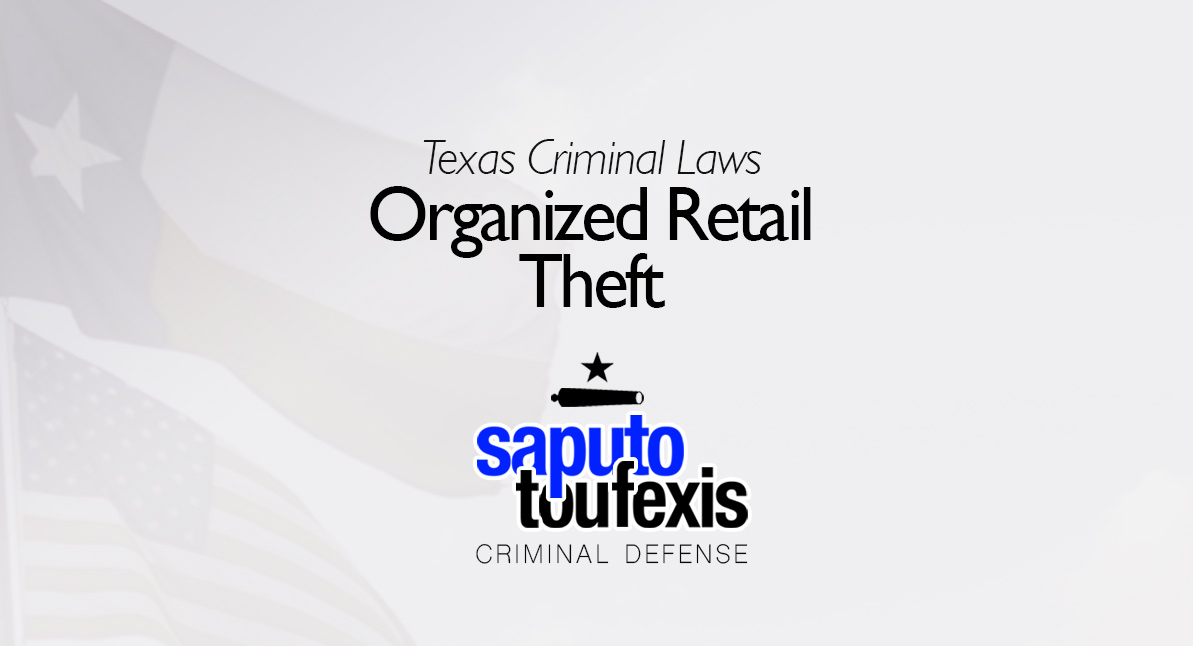The Texas Organized Retail Theft law gives police the right to arrest you if they believe you 1) acted with others to steal from a merchant, (2) committed shoplifting on two or more occasions within a 180-day period, (3) knowingly obtained a benefit from someone else’s organized retail theft, or (4) acted in concert with others to overwhelm the security response of a merchant or a peace officer to commit the theft or to avoid detection or apprehension.
FAQs about the
Organized Retail Theft law in Texas
- What is the current Texas law about Organized Retail Theft?
- What is the penalty for a Texas Organized Retail Theft offense?
- How is value calculated?
- What changed in 2025?
- How can I be charged with an Organized Retail Theft offense in Texas?
- What is the statute of limitations for Organized Retail Theft in Texas?
- Can you get probation for Organized Retail Theft in Texas?
- What level of crime is Organized Retail Theft in Texas?
Prior to September 2025, the Texas Organized Retail Theft law, codified in Texas Penal Code Section 31.16, primarily covered “fencing” conduct – essentially, selling stolen goods.
Have you been charged with Organized Retail Theft? Contact us today to discuss legal representation.
or Text or Call (888) 239-9305
However, the Texas legislature substantially amended Organized Retail Theft in its 89th legislative sesssion by expanding the scope of the offense, adding a special value calculation rule for retail merchandise cases, and adopting related evidentiary and charging rules. The definitions of “retail merchandise” (expressly includes gift cards) and “merchant” were also updated. These changes apply to conduct on or after September 1, 2025. Earlier conduct is governed by the prior law.
This was the first time this law has been amended since 2015, when the penalty classification scheme was updated.
The Penal Code classifies the Texas Organized Retail Theft law under Title 7 “Offenses Against Property,” Chapter 31 “Theft.” Learn more about the Texas offense of Organized Retail Theft below.
What is the current Texas law about Organized Retail Theft?
AV Preeminent Texas lawyer Paul Saputo provides the current law defining Organized Retail Theft in Penal Code Section §31.16, as follows:[1]
(a) A person commits an offense if the person:
(1) acting in concert with one or more other persons, unlawfully appropriates retail merchandise, money, or other property from a merchant with the intent to deprive the merchant of the property;
(2) on two or more occasions within a 180-day period, unlawfully appropriates retail merchandise, money, or other property from a merchant with the intent to deprive the merchant of the property;
(3) knowingly obtains a benefit from conduct constituting an offense under Subdivision (1) or (2) that was committed by another person; or
(4) knowingly acts in concert with one or more other persons to overwhelm the security response of a merchant or a peace officer for the purpose of committing an offense under Subdivision (1) or (2) or avoiding detection or apprehension for the offense.
(b) In the prosecution of an offense under this section:
(1) Sections 31.03(b) and (c) apply to the offense for purposes of determining whether property was unlawfully appropriated from a merchant; and
(2) a person is presumed to have acted with the intent to deprive a merchant of retail merchandise if the person:
(A) altered or removed a label, universal product code, price tag, or retail theft detector for retail merchandise; or
(B) transferred retail merchandise from the merchandise’s packaging into other packaging.
A “merchant” is any business that sells items to the public.[2]
How the law worked before September 1, 2025 (for older cases).
Before the 2025 overhaul, Organized Retail Theft focused primarily on “fencing” activity—facilitating the receipt, possession, concealment, storage, barter, sale, or disposal of stolen retail merchandise or merchandise represented as stolen. It did not expressly cover one-person shoplifting, a pattern of theft over a 180-day window, or obtaining a benefit from someone else’s organized activity.[3]
What is the penalty for a Texas Organized Retail Theft offense?
For offenses committed on or after September 1, 2025 (current law), the penalty classification is determined by the value of the products involved:[4]
• Less than $100 → Class B misdemeanor.
• $100–<$750 → Class A misdemeanor.
• $750–<$2,500 → State jail felony.
• $2,500–<$30,000 → Third degree felony.
• $30,000–<$150,000 → Second degree felony.
• $150,000 or more → First degree felony.
For offenses committed before September 1, 2025 (former law):
Under the former law, the penalty ladder started one grade lower (Class C for less than $100) and stepped up through First Degree at $300,000 or more. The 2025 amendments apply only to offenses committed on or after September 1, 2025; earlier conduct is governed by the former law.[5]
How is value calculated?
Beginning September 1, 2025, Texas adds a special rule for calculating “value” in Organized Retail Theft cases that involve retail merchandise stolen from a merchant.[6]
- New default for Organized Retail Theft merchandise: Prosecutors use the merchant’s stated price (as posted/advertised) including sales tax at the time of the offense to set value. If the item was rented, they use the stated rental price including sales tax plus the reasonable replacement cost.[7]
- Why this matters: Using the posted price and adding sales tax can push the case into a higher punishment bracket under the Organized Retail Theft statute, which grades the offense by value.[8]
The general value rule still applies when the Organized Retail Theft Outside the Organized Retail Theft[9]
Fallback floor if value can’t be reasonably ascertained. If value still can’t be reasonably determined under the rules above, the property/service is deemed to be $750 or more but less than $2,500.[10]
Credit for consideration/legal interest. A defendant who proves by a preponderance of the evidence that they paid consideration for, or had a legal interest in, the property/service gets that amount deducted from the calculated value.[11]
Related 2025 changes worth noting in Organized Retail Theft cases: Price tags/merchant markings are now prima facie evidence of value and ownership, and indictments no longer need to list each stolen item if they name the merchant and the aggregate value range alleged.[12]
How value was calculated prior to the 2025 amendments
Prior to the 2025 amendments, value was determined under the general Chapter 31 rule (fair market value or, if that could not be ascertained, reasonable replacement cost); there was no Organized Retail Theft-specific rule to use the merchant’s posted price including sales tax, price tags were not codified as prima facie proof of value/ownership, and indictments more commonly itemized goods instead of alleging the merchant and an aggregate value range.[13]
What changed in 2025?
1) Conduct covered—major expansion. The offense now expressly includes: (a) unlawfully appropriating retail merchandise, money, or other property from a merchant with intent to deprive; (b) committing such theft on two or more occasions in a 180-day period; (c) obtaining a benefit from another person’s organized-theft conduct; and (d) acting in concert with others to overwhelm a merchant’s or peace officer’s security response for the purpose of committing the theft or avoiding detection or apprehension.[14]
2) Presumptions and cross-references. Chapter 31’s general theft rules—such as the “effective consent” framework—expressly apply to Organized Retail Theft, and certain conduct (for example, using false labels) can support an intent presumption.[15]
3) Non-defenses clarified. It is not a defense that co-actors were unidentified or uncharged, that the case arose from undercover strategies or other law-enforcement “opportunities,” or that a peace officer solicited the conduct (separate from any true entrapment defense under other law).[16]
4) Penalties shifted up one rung. The lowest grade is now Class B (not Class C), and the First Degree threshold is $150,000 (not $300,000).[17]
5) How “value” is calculated in these cases. When Organized Retail Theft involves retail merchandise stolen from a merchant, “value” is the posted/advertised sales price including sales tax (or, for rentals, the posted rental price including sales tax plus reasonable replacement cost). Otherwise, Chapter 31’s general value rule still applies.[18]
6) Key definitions updated. “Retail merchandise” now includes gift cards, and “merchant” is defined for Chapter 31 purposes.[19]
7) Evidence and pleading changes. Price tags and merchant markings are prima facie evidence of value and ownership, and indictments may identify the merchant and aggregate value range without listing every item.[20]
Effective date and applicability. These changes apply only to offenses committed on or after September 1, 2025; earlier conduct is governed by the former law.[21]
How can I be charged with an Organized Retail Theft offense in Texas?
For offenses occurring on or after September 1, 2025, you can be charged with Organized Retail Theft in Texas if the state’s attorneys believe that each of the elements of §31.16(a) as described in the section above have been met. Prior to that date, they would need to allege the elements of §31.16(b) in the version of the law that was in effect before September 1, 2025.
What is the statute of limitations for Organized Retail Theft in Texas?
Misdemeanor level Organized Retail Theft charges have a two-year limitations period.[22] Felony level offenses follow the default felony limitations period rule, which specifies a three-year limitations period.[23]
Can you get probation for Organized Retail Theft in Texas?
The Texas Code of Criminal Procedure allows both judges and juries to grant probation for Organized Retail Theft, and judges are also allowed to accept deferred adjudication plea deals.[24]
Note, however, that no matter the offense, neither judges nor juries may recommend community supervision for any suspended sentence of over 10 years.[25] Also, judges may not grant community supervision after a conviction if (1) the defendant used or exhibited a deadly weapon during the commission of the felony or immediate flight thereafter and (2) the defendant used or exhibited the deadly weapon himself or was a party to the offense and knew that a deadly weapon would be used or exhibited.[26]
What level of crime is Organized Retail Theft in Texas?
The Penal Code classification of the punishment for Organized Retail Theft ranges from a Class B misdemeanor to a first degree felony, depending on the value of the merchandise involved.
Learn more about the penalty range for this offense in the section above.
Legal References:
^1. Texas Penal Code §31.16. This law is current as of 2025.^2. Texas Penal Code §31.01(15), as amended by SB 1300, 89th Texas Legislature (RS), Section 3^3. See SB 1300, 89th Texas Legislature (RS), Section 3^4. Texas Penal Code §31.16(d), (e)(1), (e)(2), and (f), each as amended by SB 1300, 89th Texas Legislature (RS), Section 3^5. Texas Penal Code §31.16, as amended by SB 1300, 89th Texas Legislature (RS), Sections 3, 6, 7^6. Texas Penal Code §31.08(a-1), as amended by SB 1300, 89th Texas Legislature (RS), Section 4; SB 1300, Section 7 (effective date)^7. Texas Penal Code §31.08(a-1), as amended by SB 1300 (RS), Section 4^8. Texas Penal Code §31.16^9. Texas Penal Code §31.08(a), as amended by SB 1300 (RS), Section 4^10. Texas Penal Code §31.08(c), as amended by SB 1300 (RS), Section 4^11. Texas Penal Code §31.08(d), as amended by SB 1300 (RS), Section 4^12. SB 1300 (RS), Sections 1–2; see Code of Criminal Procedure art. 38.51(b)(2)–(3) and art. 21.155^13. Texas Penal Code §31.08, SB 1300, 89th Texas Legislature (RS), Sections 1–2, 4^14. Texas Penal Code §31.16(a), as amended by SB 1300, 89th Texas Legislature (RS), Section 3^15. Texas Penal Code §31.16(b)–(c), as amended by SB 1300, 89th Texas Legislature (RS), Section 3^16. Texas Penal Code §31.16(c), as amended by SB 1300, 89th Texas Legislature (RS), Section 3^17. Texas Penal Code §31.16(d)–(f), as amended by SB 1300, 89th Texas Legislature (RS), Section 3^18. Texas Penal Code §31.08(a)–(a-1), as amended by SB 1300, 89th Texas Legislature (RS), Section 4^19. Texas Penal Code §31.01(11), (15), as amended by SB 1300, 89th Texas Legislature (RS), Section 5^20. Code of Criminal Procedure art. 38.51(b)(2)–(3), as amended by SB 1300, 89th Texas Legislature (RS), Section 1; art. 21.155, added by SB 1300, 89th Texas Legislature (RS), Section 2^21. SB 1300, 89th Texas Legislature (RS), Sections 6, 7^22. Code of Criminal Procedure 12.02(a)^23. See Code of Criminal Procedure 12.01(11)^24. See Chapter 42A, Texas Code of Criminal Procedure, Art. 42A.054, Art. 42A.056, Art. 42A.102^25. Art. 42A.053(c), Texas Code of Criminal Procedure^26. Art. 42A.054(b), Texas Code of Criminal Procedure










